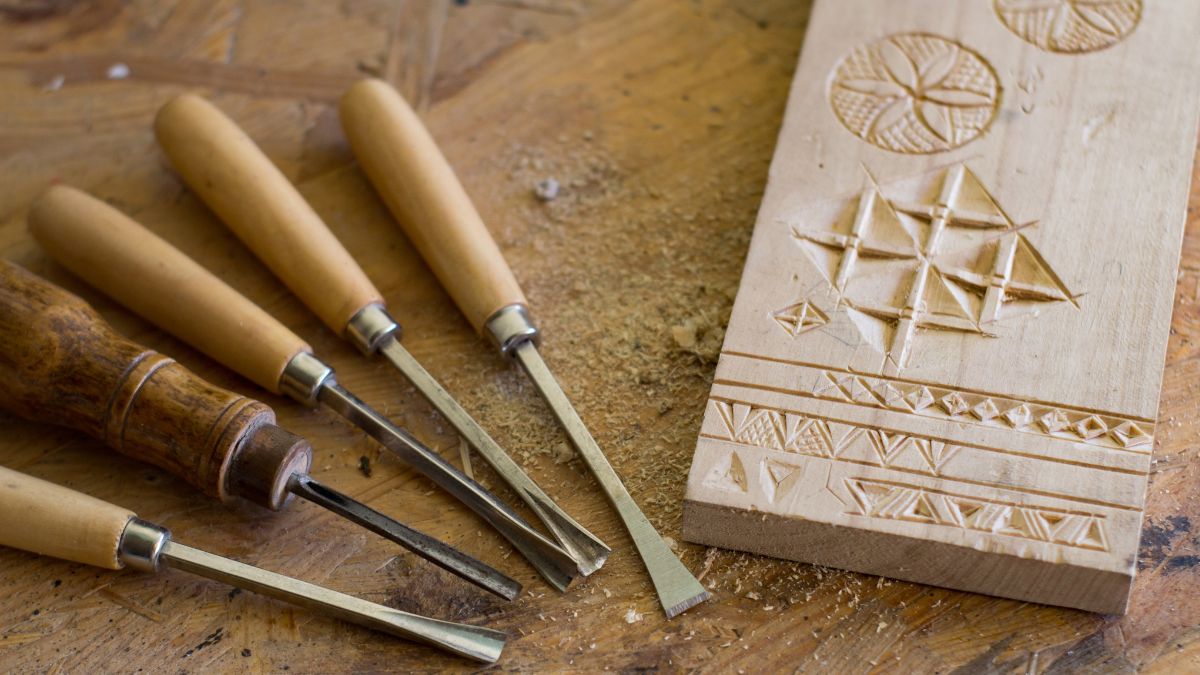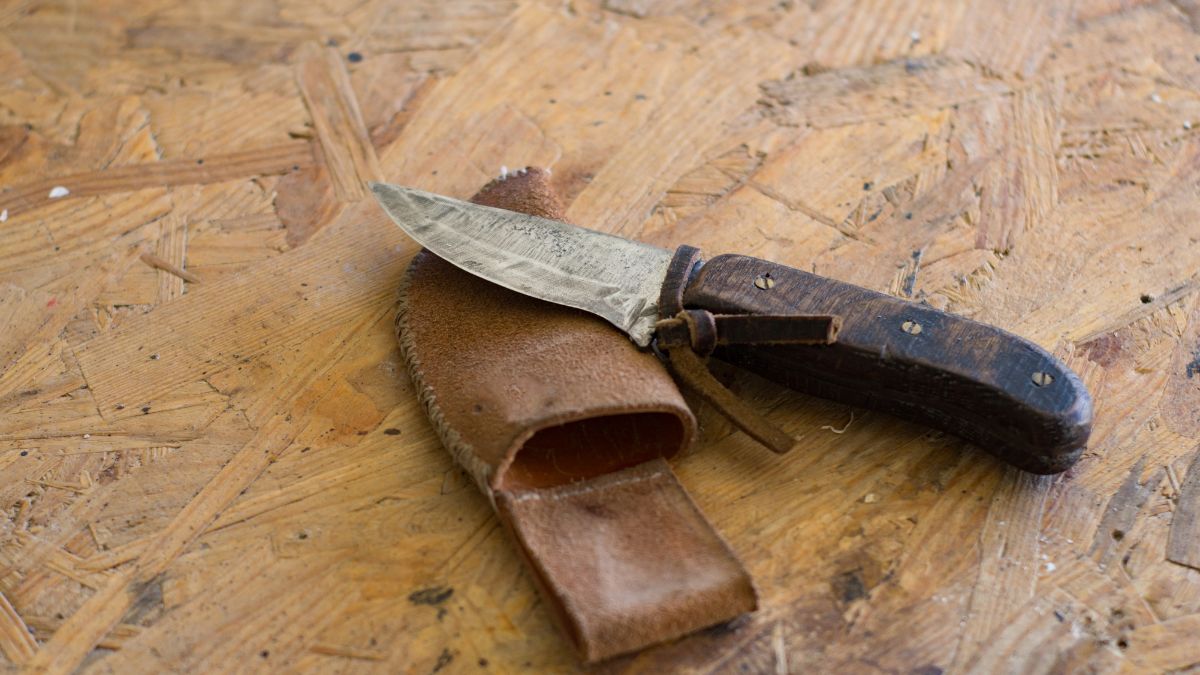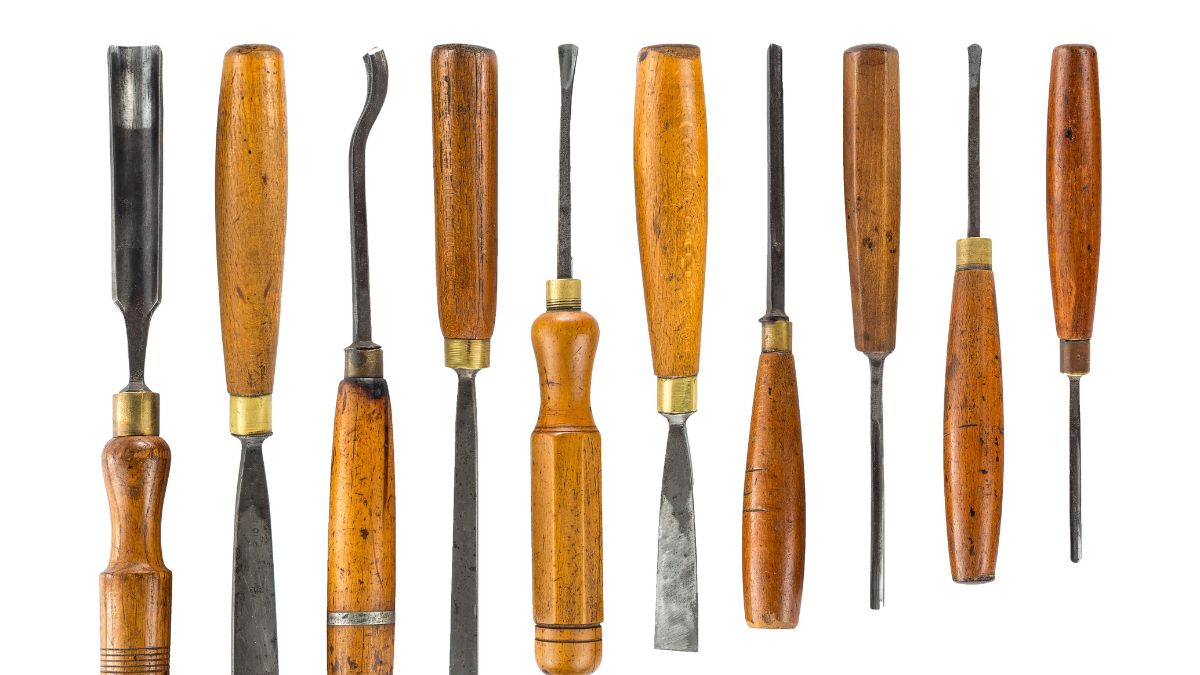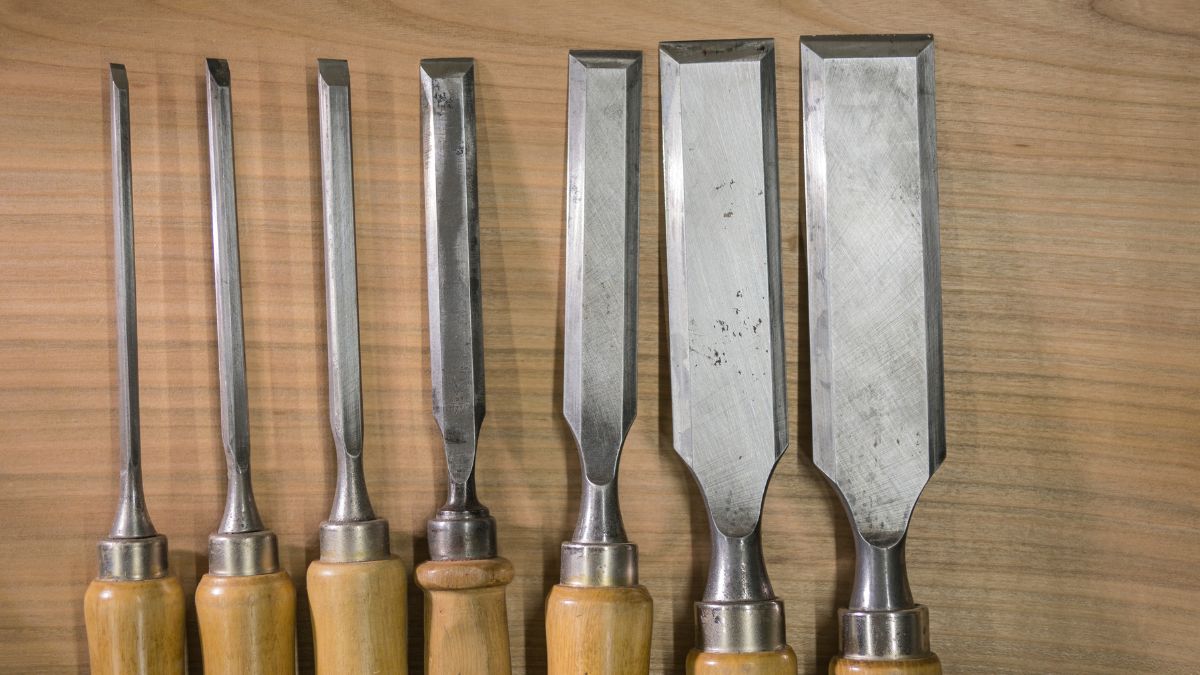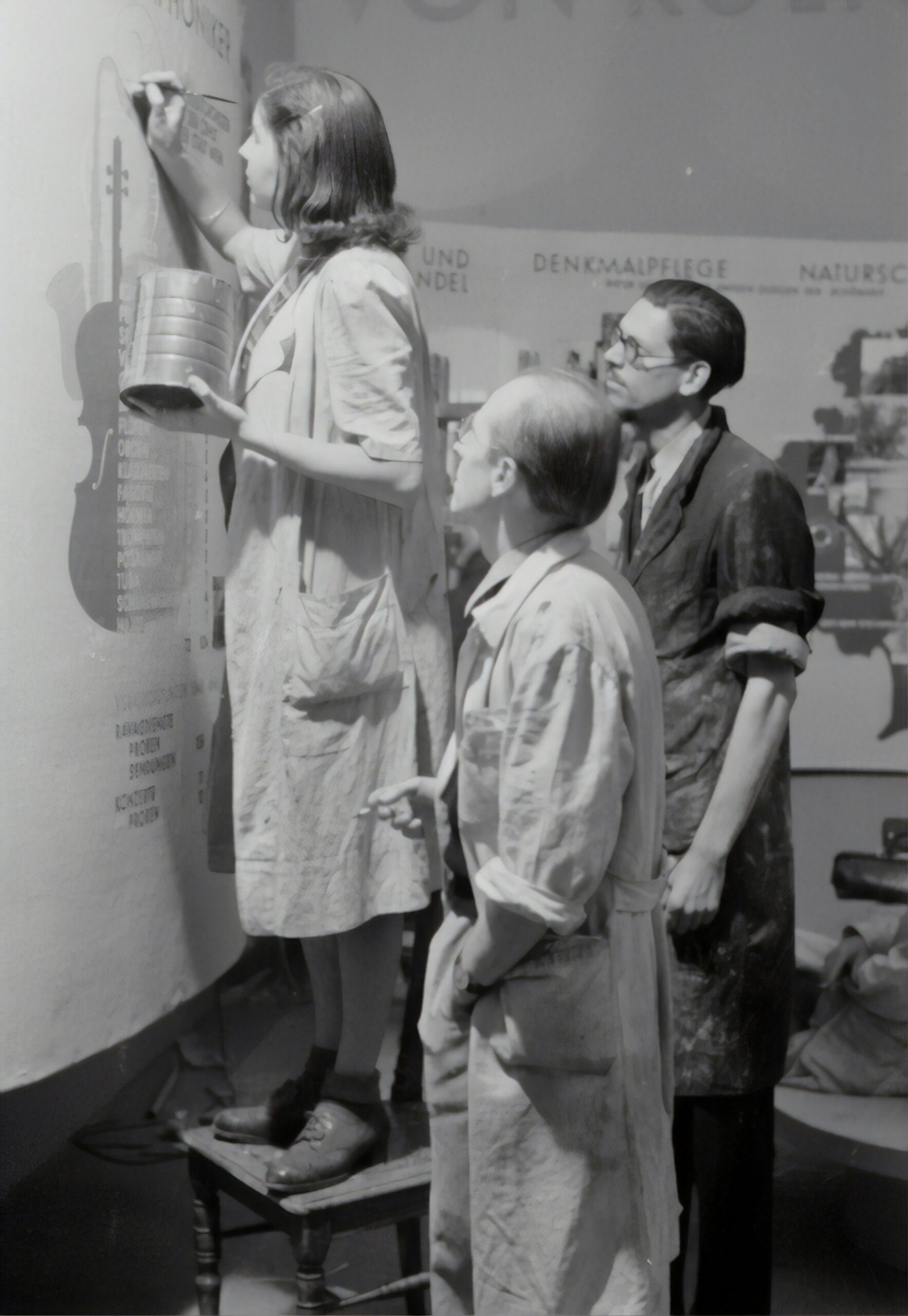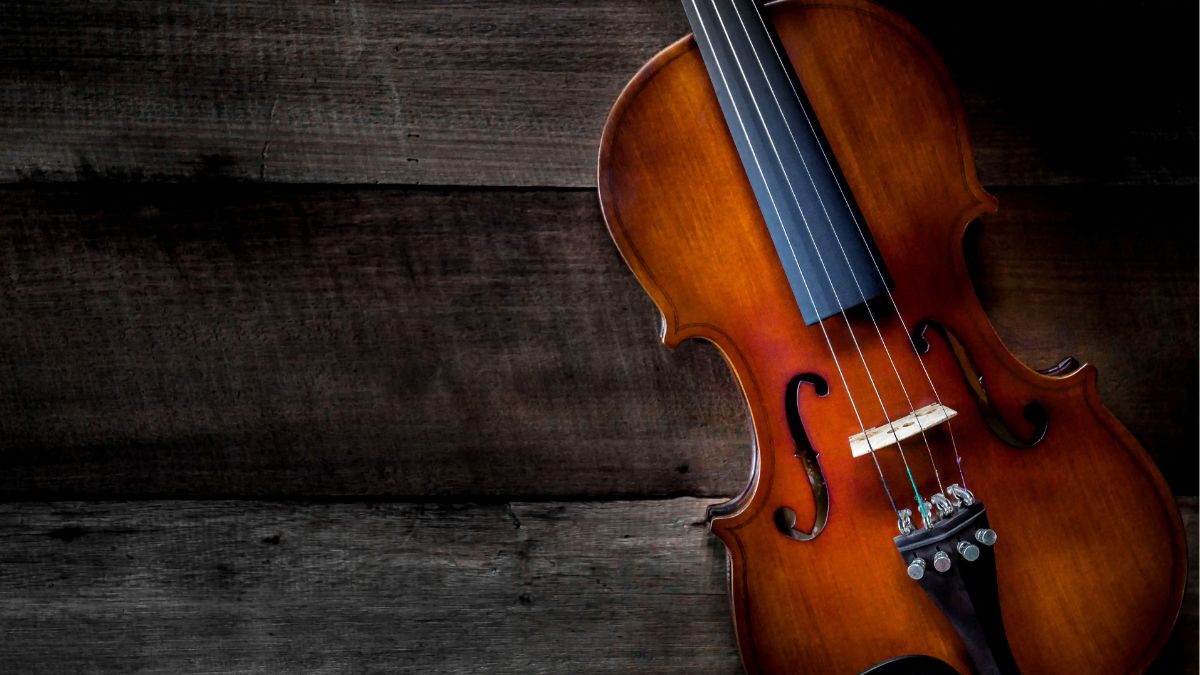Introduction
Wood carving is an ancient and revered craft, allowing artisans to transform simple pieces of wood into intricate works of art. Whether you’re a novice looking to start a new hobby or an experienced carver seeking to refine your skills, understanding the different wood carving tools available and how to use them effectively is crucial. This guide will walk you through the essential wood carving tools, their uses, and tips for selecting and maintaining them.
Types of Wood Carving Tools
1. Carving Knives
Carving knives are fundamental tools for any wood carver. They come in various shapes and sizes, each designed for specific tasks.
- Straight Knife: Ideal for general carving, detail work, and creating straight cuts.
- Curved Knife: Perfect for carving concave surfaces and intricate details.
- Detail Knife: Features a smaller blade for precision work and fine details.
2. Gouges
Gouges are versatile tools used to carve out large sections of wood or create specific shapes. They are characterized by their curved blades and come in different sweeps (curvatures).
- U-Gouge: Useful for hollowing out areas and creating rounded shapes.
- V-Gouge: Ideal for making V-shaped cuts and lines.
- Back-Bent Gouge: Suitable for carving deep curves and details.
3. Chisels
Chisels are another essential carving tool, often used for removing large amounts of wood and refining shapes.
- Bevel-Edge Chisel: Has a slanted cutting edge, useful for making angled cuts and detailed work.
- Straight Chisel: Ideal for straight cuts and clearing wood.
4. Mallets
Mallets are used in conjunction with chisels and gouges to strike and control the carving tools.
- Wooden Mallet: Provides a softer strike, reducing the risk of damaging the tool or wood.
- Rubber Mallet: Offers a controlled impact and is useful for delicate work.
5. Sharpening Tools
Maintaining sharp tools is essential for effective carving. Sharpening tools include:
- Sharpening Stones: Used to hone and refine the edges of carving tools.
- Strop: A leather strap used to polish and maintain a razor-sharp edge.
How to Choose the Right Wood Carving Tools
1. Quality Matters
Investing in high-quality wood carving tools can make a significant difference in your carving experience. Look for tools made from high-carbon steel or stainless steel, as they offer durability and edge retention.
2. Handle Comfort
Comfortable handles are crucial for extended carving sessions. Choose tools with ergonomically designed handles that fit well in your hand and reduce fatigue.
3. Consider Your Projects
Different projects may require different tools. For intricate details, detail knives and small gouges are ideal, while larger projects may require larger chisels and gouges.
4. Tool Maintenance
Proper maintenance extends the life of your tools. Regularly sharpen and clean your tools to keep them in top condition. Store them in a dry place to prevent rust and damage.
Step-by-Step Guide to Using Wood Carving Tools
1. Prepare Your Workspace
Set up a comfortable and well-lit workspace with all your tools within reach. Use a carving bench or a sturdy table to ensure stability.
2. Select the Right Tool
Choose the tool that best suits your task. For example, use a straight knife for initial cuts and a U-gouge for shaping concave areas.
3. Start Carving
Begin by making light cuts and gradually increase pressure as needed. Always carve away from your body and keep your hands clear of the blade.
4. Refine Your Work
Use smaller tools, like detail knives and fine gouges, to refine details and add finishing touches. Take your time to ensure precision and accuracy.
5. Clean and Maintain Tools
After carving, clean your tools with a cloth to remove any wood residue. Sharpen them regularly and apply oil to prevent rust.
Expert Tips for Successful Wood Carving
- Practice Regularly: Like any skill, wood carving improves with practice. Start with simple projects and gradually take on more complex designs.
- Use Quality Wood: Choose wood that is easy to carve, such as basswood or butternut. Avoid wood with excessive knots or hard grains.
- Stay Safe: Always use carving gloves and take proper safety precautions to avoid injuries.
Conclusion
Wood carving tools are essential for transforming your creative visions into tangible art. By understanding the different types of tools, choosing high-quality options, and following proper techniques, you can enhance your carving skills and achieve impressive results. Remember to practice regularly, maintain your tools, and enjoy the rewarding process of creating beautiful wooden masterpieces.
FAQs
.What is the best wood for beginners to start carving?
Basswood and butternut are excellent choices for beginners due to their softness and ease of carving. These woods have a fine grain and are less likely to damage your tools.
. How often should I sharpen my wood carving tools?
The frequency of sharpening depends on your usage. Regularly check your tools for sharpness and sharpen them as needed, typically after several hours of carving.
. Can I use regular kitchen knives for wood carving?
While regular kitchen knives can be used for basic carving, they are not designed for this purpose and can be dangerous. It is best to use specialized wood carving tools for safety and better results.
. How do I prevent my carving tools from rusting?
To prevent rust, clean your tools after each use, apply a light coat of oil, and store them in a dry place. Avoid leaving them in damp environments.
. What safety precautions should I take while carving?
Always carve away from your body, use carving gloves to protect your hands, and ensure your tools are sharp and well-maintained to prevent slips and accidents.
. Are there any good resources for learning wood carving techniques?
Yes, there are many resources available, including online tutorials, books, and local carving clubs. You can also attend workshops or classes to learn from experienced carvers.

